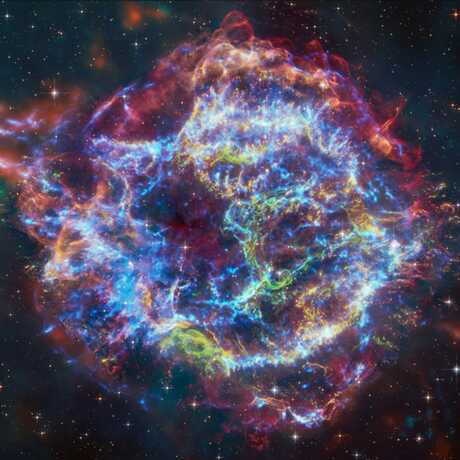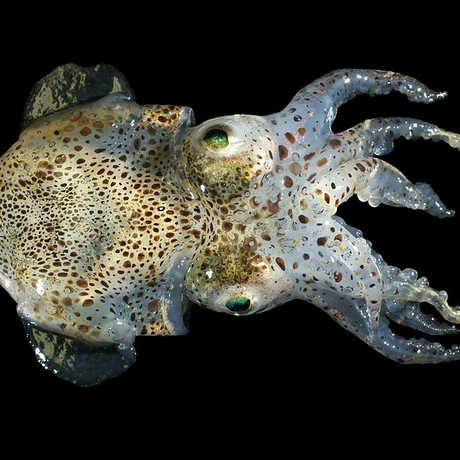We're open daily! View holiday hours
Featured Articles
Brown dwarf W1935 exhibits signs of glowing methane—possibly caused by aurorae!
Cassiopeia A is one astronomical object that looks exactly like what it is—a star that exploded 350 years ago!
JWST launches the first day of astronomy’s big meeting with news about science, technology, and galaxies!
The connection between disks and planet formation continues to expand as astronomers view them in new detail.
NASA scientists, using data from the Voyager spacecraft, have discovered gigantic magnetic bubbles at the edge of our solar system.
At the American Astronomical Society meeting this week, exoplanets are smaller, often found in groups and hot, hot, hot!
Gliese 581d, Venom and Size Does Matter: some not-to-be-missed science news headlines from the week!
This week's space news round-up includes a magma ocean, hot Jupiters and the hunt for Earth-like exoplanets...
What would plant life look like on an exoplanet? Would it be green? Or red? Or black?
Ripples in the rings of Saturn and Jupiter can tell scientists when a comet passed through.













